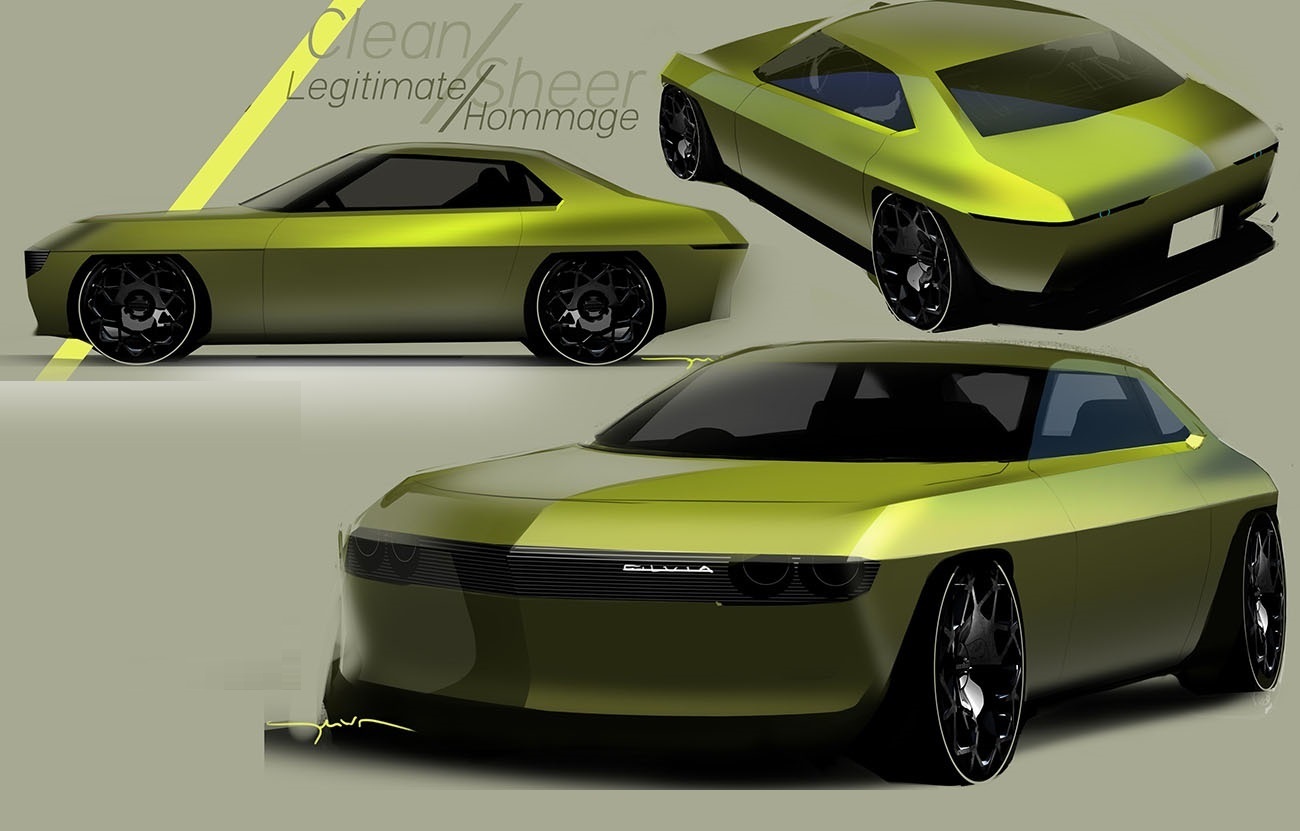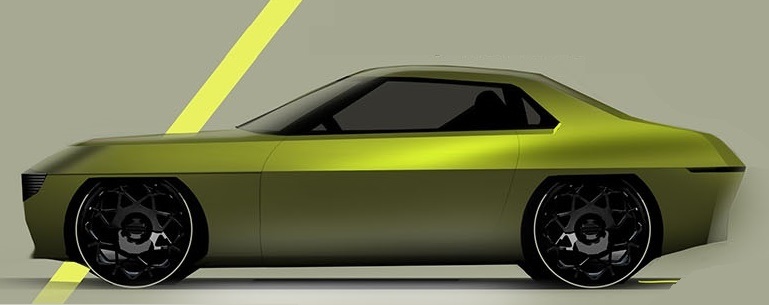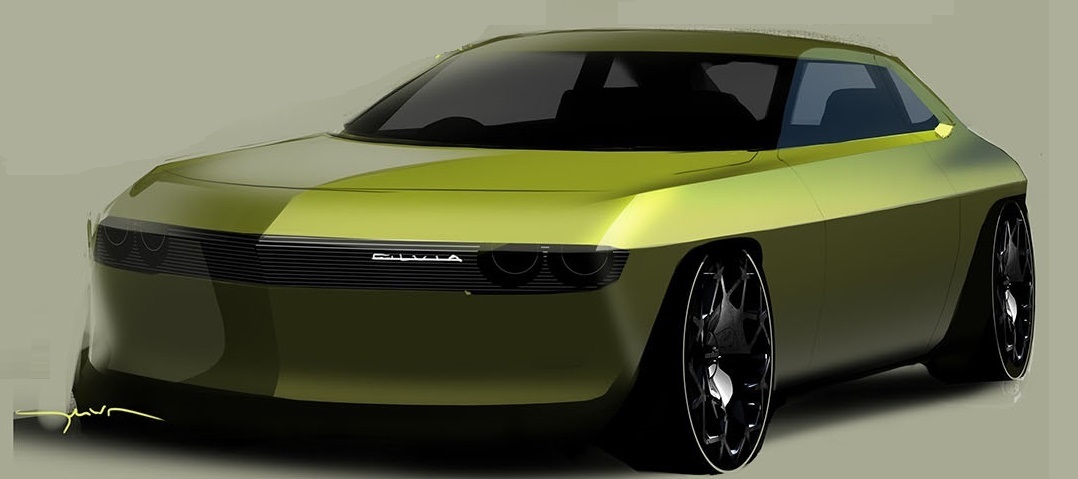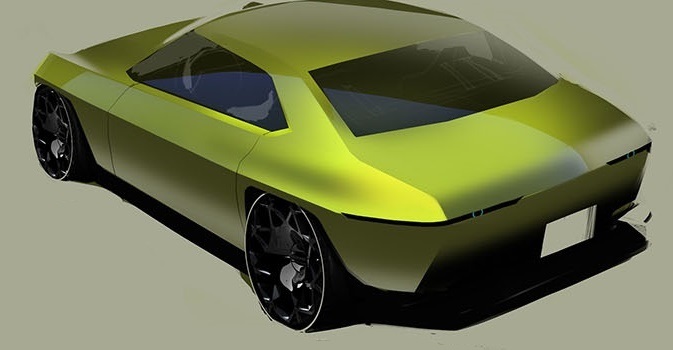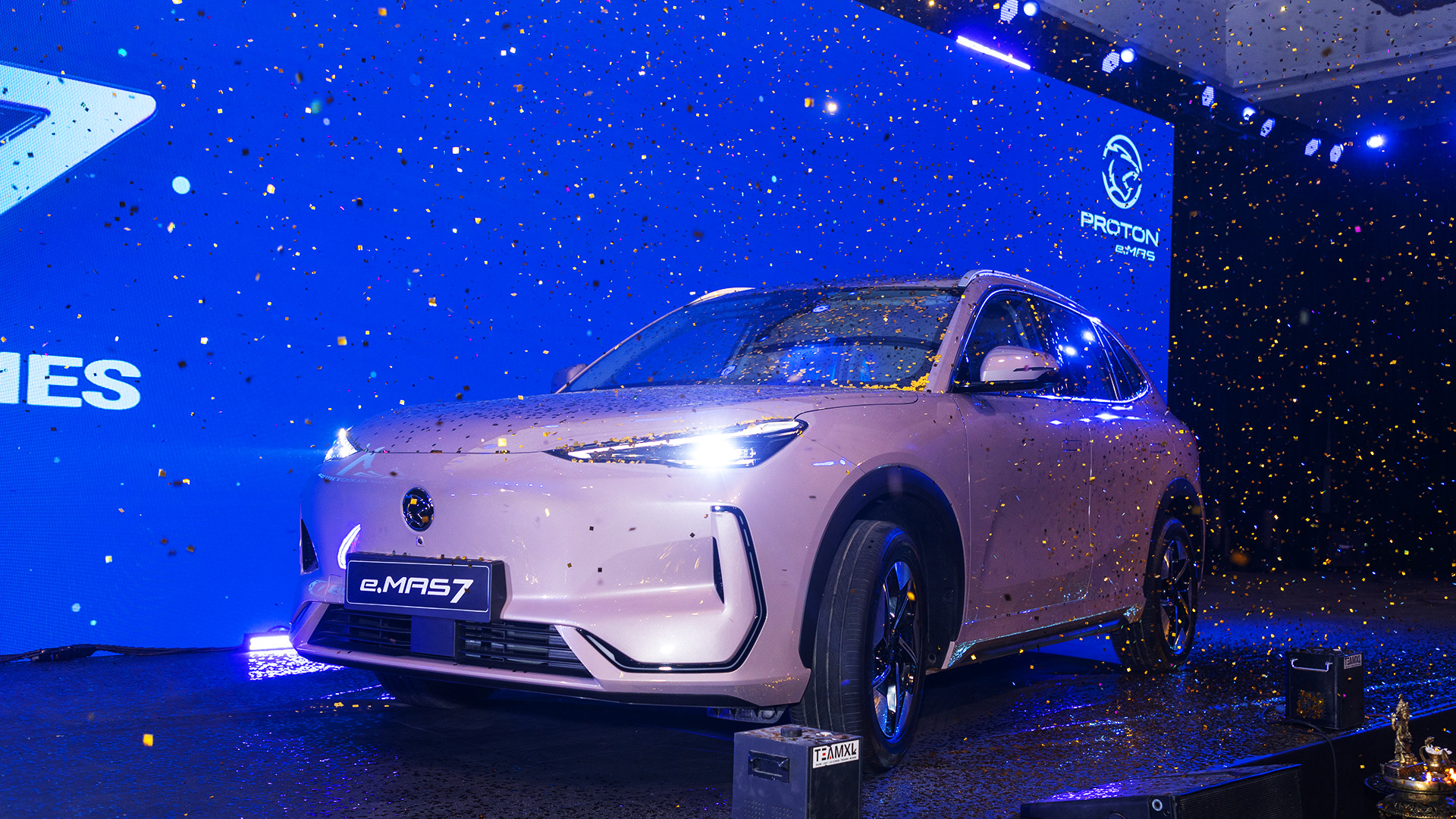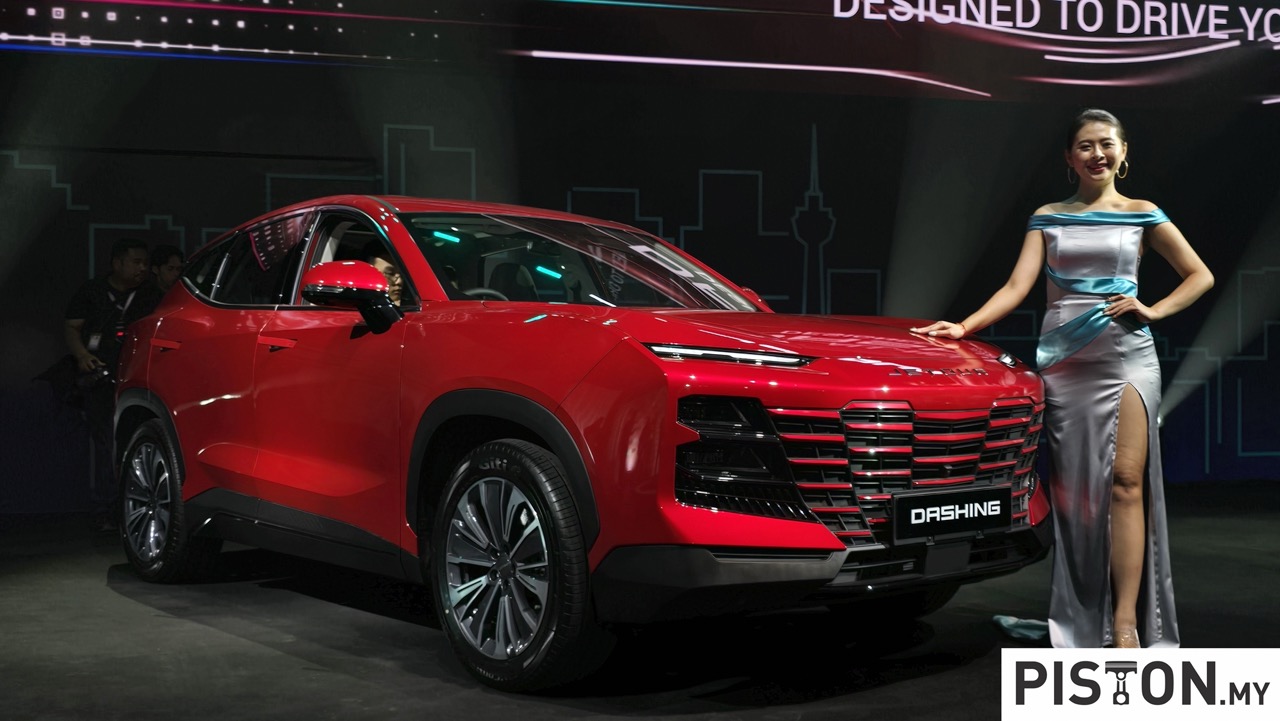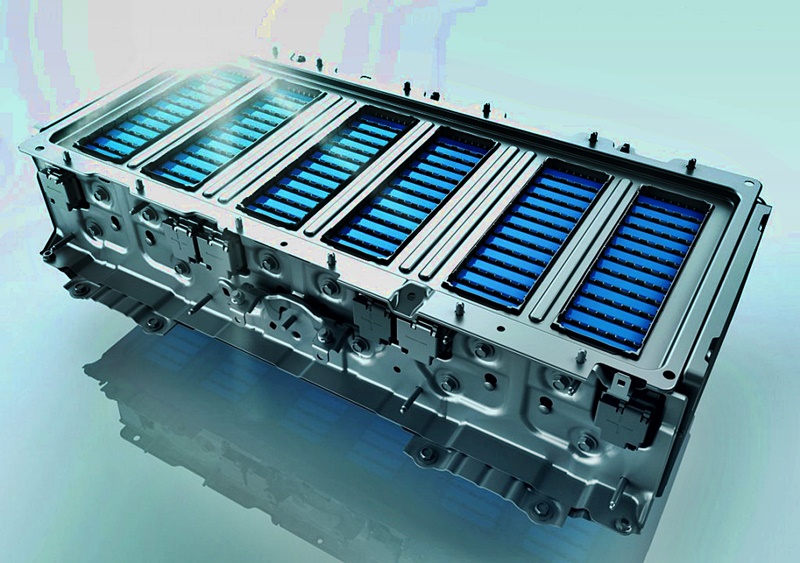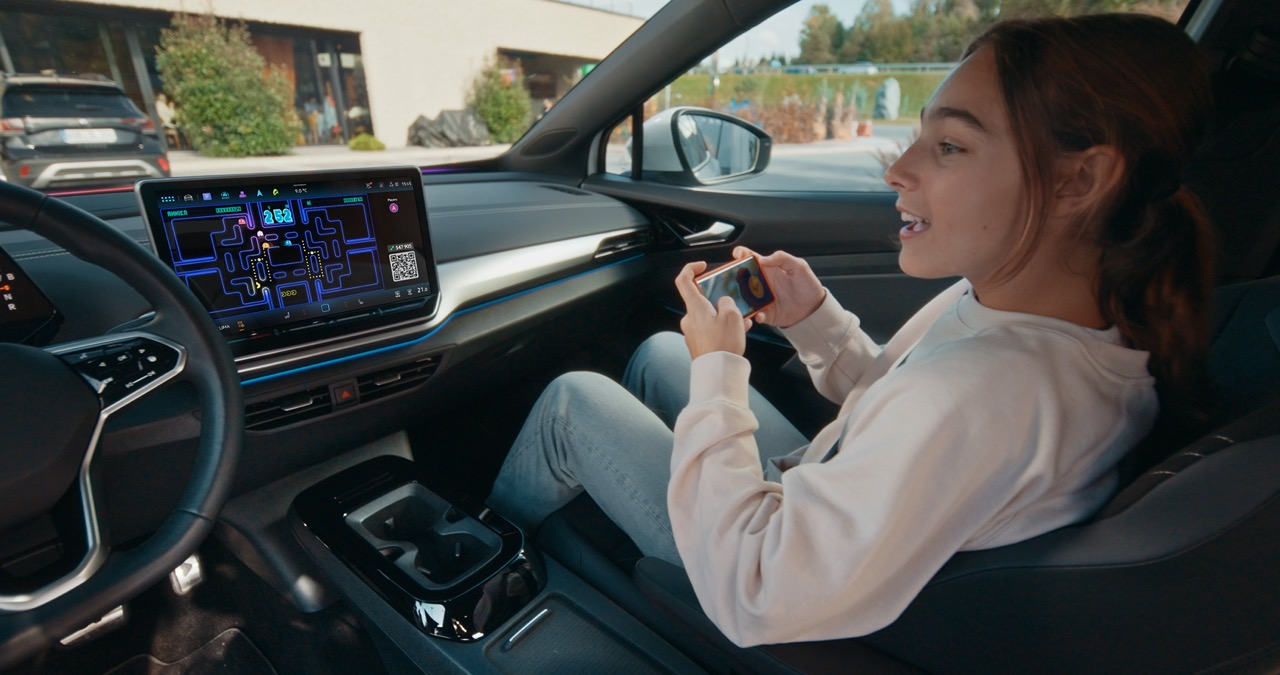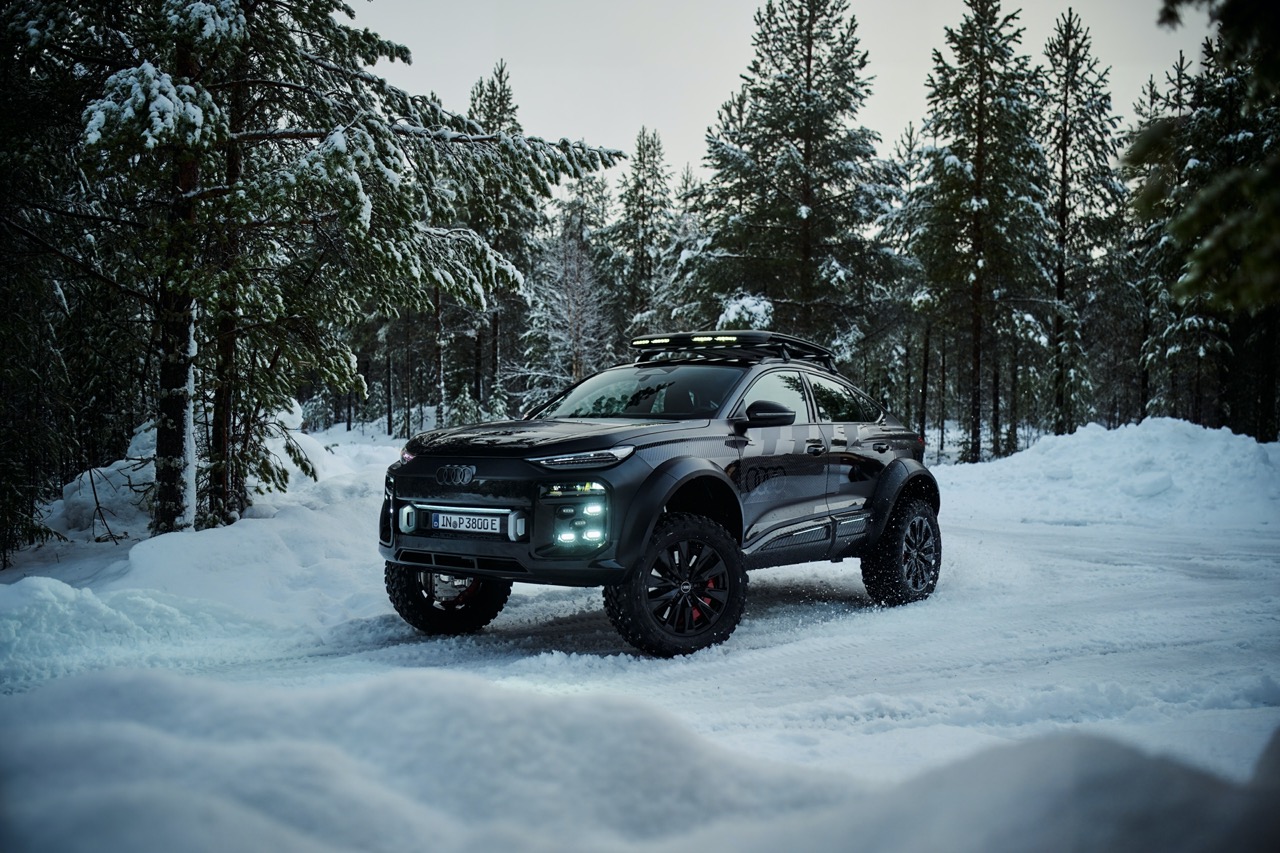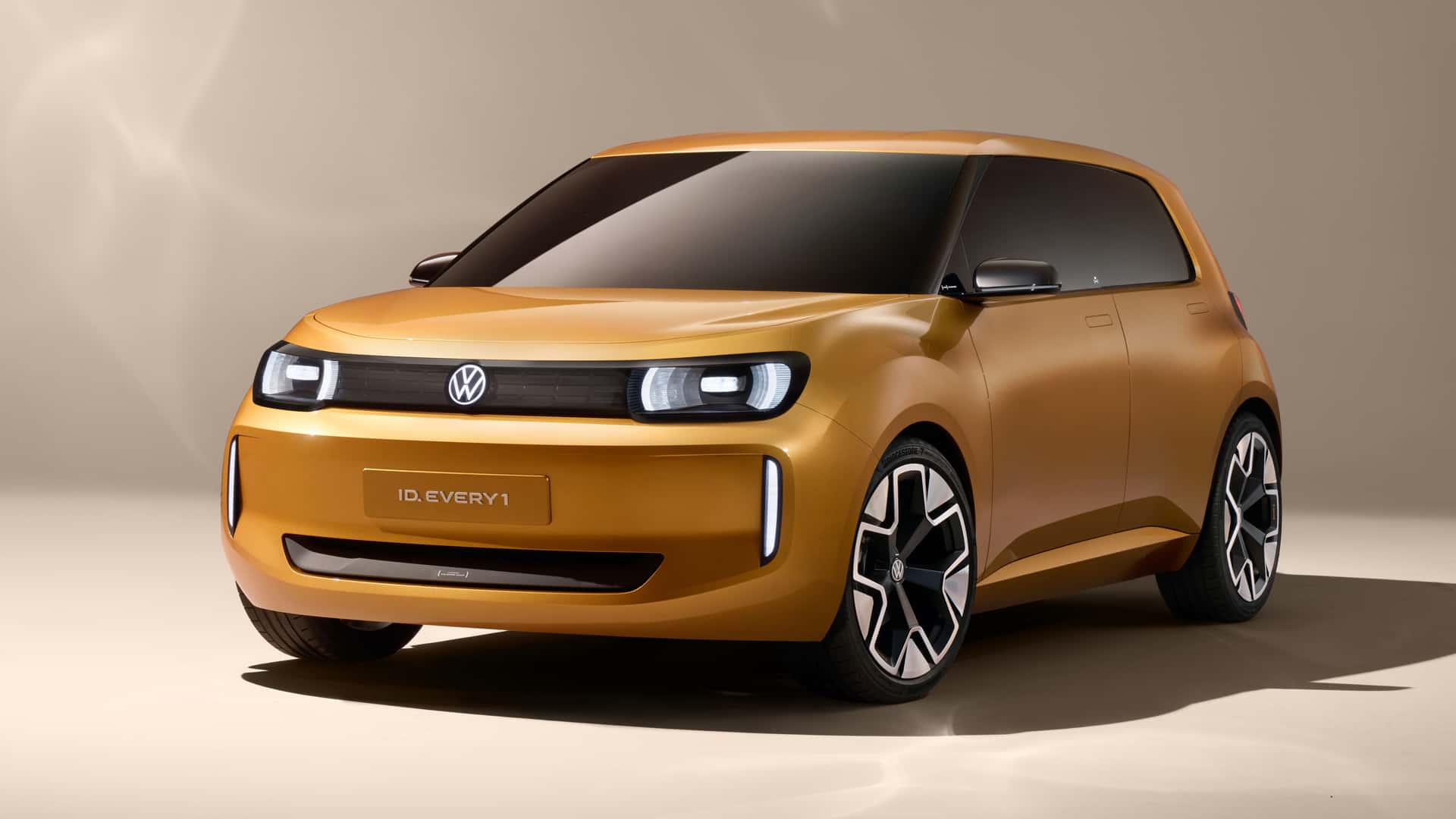The Nissan Silvia is one of the models of the Japanese sportscar era that is fondly remembered by enthusiasts. It first appeared in 1964 at the Tokyo Motor Show and would continue through 6 generations before production ended almost 20 years ago. Since then, many have hoped for its return but in the 21st century, every model must have a business case, meaning sufficient volume to justify investment in development and sportscars don’t necessarily command sufficiently big numbers.
Nevertheless, designers are not prevented from dreaming and some of them reimagine the classic models that once drew people to showrooms and impressed with their performance. When Matthew Weaver, Vice President of Nissan Design Europe was asked to reimagine a car from Nissan’s history for an electric future, he chose to remix the iconic Silvia CSP311.
This particular Silvia was not actually the first generation but it was the one that was shown in the Tokyo Motor Show in 1964. It is a rare model – in fact, so rare that even some of Nissan’s most seasoned employees haven’t seen one.

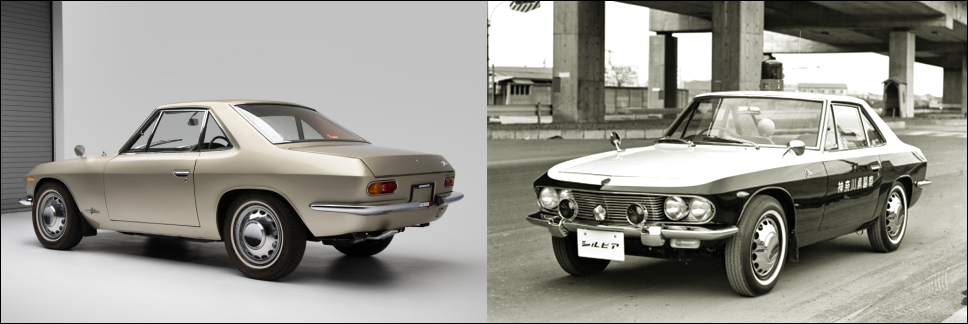
“The Silvia was ahead of its time, in a very quiet, understated way. It has aged very well and would still have its place on the roads today. It’s also a great example of what is expected of a global product: high quality and universally appealing,” said Weaver.
“By re-designing this car for the future, we wanted to pay homage to that heritage. One of the most distinguishable features is the one clean line connecting the upper and lower body. In this version, we accentuated its presence even more by having a clean and sharp cut into the top of the wheel arches. Also keeping in mind the world of the future, we felt the design naturally suited being an electric vehicle,” he explained.
Innovation with classic design elements
Being an electric vehicle gave the designers the opportunity to extend the clean surfacing around the front because an electric powertrain has far lower cooling requirements. It would be possible to have that characteristic sharp nose of the Silvia without needing a grille where radiators are traditionally located. To bring the CSP311 into the 21st century, Weaver and his team took a lot of important. It was refined, making for a purer form and the lines made even cleaner.
Electrification of the vehicle allowed envision the use of today’s innovations alongside classic design facets. With the increasing electrification of mobility, most car designers find themselves facing the challenge of infusing the heritage of their respective brands, while also reinventing what cars can and should be. Every design starts with a blank piece of paper. Then come sketches and many 2D designs, followed by digital and 3D clay prototypes.
New design opportunities with electrification
In the age of electric cars, the designers can use the same techniques to come up with new ideas, but they can play by a whole new set of rules. Previously, designers had to work alongside engineers to find a way to accommodate an internal combustion engine, radiators and exhaust pipe. Now, those once essential components have been replaced by battery packs, inverters and small motors. It’s a big change but also offers a huge opportunity to do things differently.
“The key components of an electric vehicle are quite different and they can be packaged differently, compared to an internal combustion engine car. Consequently, the Silvia we’ve reimagined here would have a larger interior than its exterior dimensions would suggest. Customers of the forthcoming Nissan Ariya electric crossover will really appreciate how spacious and comfortable that interior is, thanks to its efficient packaging,” said Weaver.
Today’s designers have to think about new functionality and the apparatus that enables it, such as radars, cameras and sensors. But it goes deeper than that and they also have to find new ways to do the same thing they’ve always tried to do: generate an emotional response and create a lasting connection with customers.
Greater demands for efficiency
“Efficiency improvement is the target. The future will see cars created through a different lens, in which efficiency is a key requirement,” noted Marco Fioravanti, Vice President Product Planning, at Nissan Europe. “It is even more important for electric vehicles because at high speeds, the aerodynamics can minimise the negative impact of drag on the vehicle’s range.
Fioravanti and his team look into automotive trends to understand what customers will want and need up to 20 years from now. “So, we are seeing a new generation of electric crossovers that are slightly lower, wider and longer in order to improve the aerodynamics, while keeping a similar interior space and giving a higher seat position than a traditional sedan or hatchback. This is possible thanks to the improvements we can make to the layout of an electric vehicle to accommodate its next generation of technology,” he explained.
Looking further ahead, what customer requirements, technological advancements and legislation will affect design? One thing that is certain is that cars are changing. They will look and function differently in order to be more user-friendly, energy-efficient and practical. Reinventing classic cars for the modern, electrified world, even if they only start out as sketches, proves that future possibilities are endless.
Visit www.nissan.com.my to know about Nissan models you can buy today
Production-ready Nissan GT-R50 by ItalDesign makes debut on track




